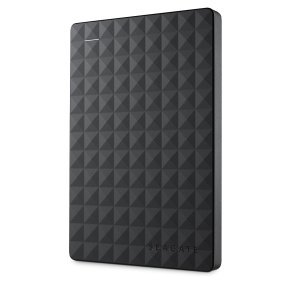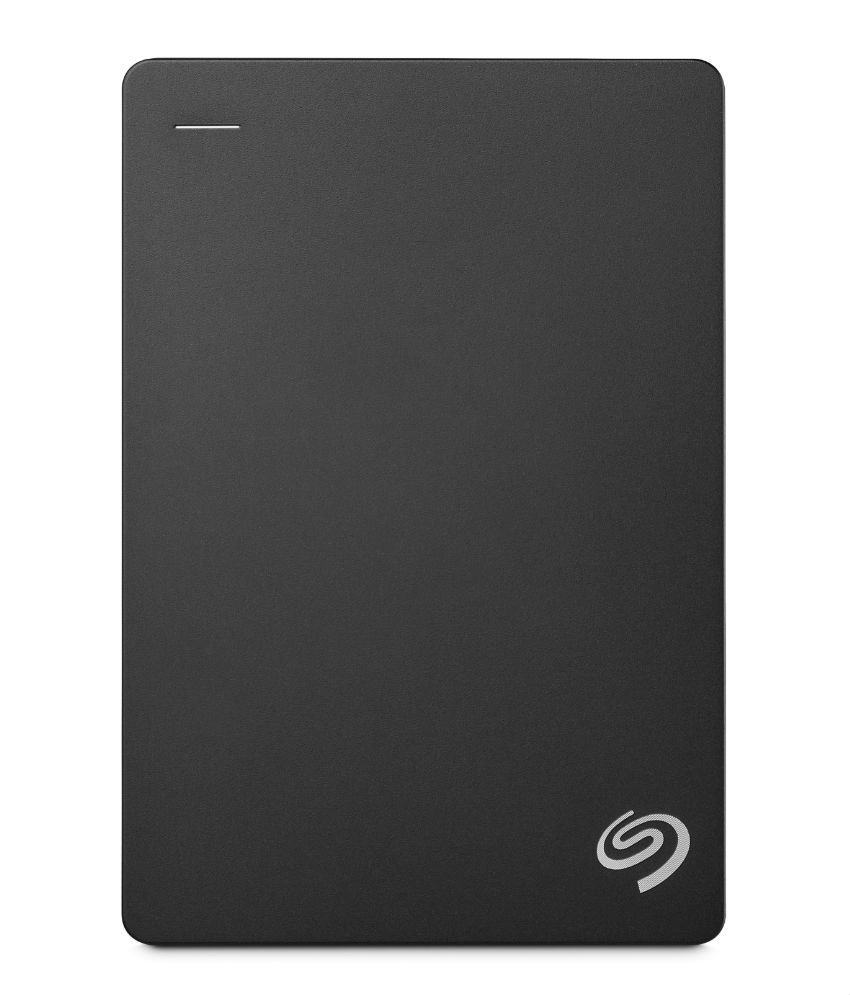 An external hard drive is a freestanding device that plugs into a desktop computer or a server with a USB cable. External hard drives provide you with additional space for file storage and can even be used as a backup device. Because external hard drives sit outside of your computer and lack a large protective case to shield them from damage, preventative care is necessary to keep your device in good working condition.
An external hard drive is a freestanding device that plugs into a desktop computer or a server with a USB cable. External hard drives provide you with additional space for file storage and can even be used as a backup device. Because external hard drives sit outside of your computer and lack a large protective case to shield them from damage, preventative care is necessary to keep your device in good working condition.
Following these quick steps should help extend the life of the USB backup drive.
 Be exceedingly careful with the drive:
Be exceedingly careful with the drive:
External HDD are vulnerable to damage caused by excessive vibration on quick motions. Always insure that the drive is in a secure location when powered on. Choose a position for your external hard drive that is away from heaters, air conditioners, drafts or humidifiers.
When transporting the drive, be sure to wrap it in something soft to ward off impact damage. If you are storing the drive for a longer transport, the external HDD should be stored in a padded box.- Use on correct surfaces:
When using an external HDD, the drive must be located on a flat, level, and non-slip surface. The external HDD must not be placed on any surface that could add or exacerbate heat retention, like paper, towels, and other cloth items. - Use the USB plug properly:
Most external drives are connected to a computer using a USB plug. This is the power cable for your external device and should be handled and used appropriately. When removing a USB cable from a device, pull gently from the cable connector. Do not yank the cable out as it could damage the connector. Also, when connecting an external device with a USB connector, be sure to inspect the USB connector before plugging it in. Check for damage, dust and corrosion.
